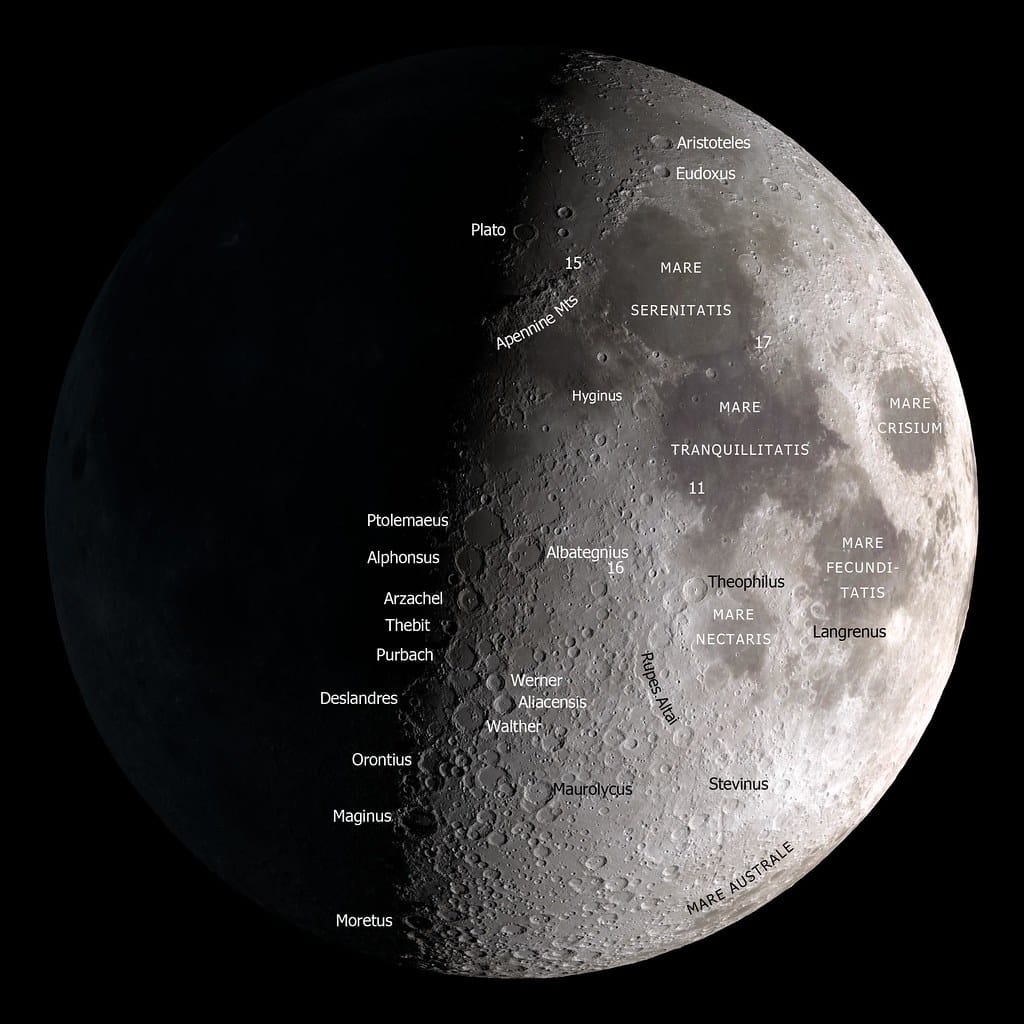NASA's Nuclear Moon Mission: Why America is Racing to Build a Reactor on the Lunar Surface
The moon is about to get its first nuclear power plant. NASA, in partnership with the Department of Energy, has fast-tracked plans to deploy a fission surface power system on the lunar surface by the early 2030s, marking a pivotal moment in humanity's quest to establish a permanent presence beyond Earth. This ambitious project isn't just about lighting up lunar bases—it's about securing America's position in the new space race and laying the groundwork for missions to Mars.
The Power Problem in Space
Space exploration has always been constrained by one fundamental challenge: power. Traditional solar panels, while reliable on Earth's orbit, face significant limitations on the moon. Lunar nights last approximately 14 Earth days, leaving solar installations powerless for extended periods. Temperature swings from 250°F (121°C) during the day to -208°F (-133°C) at night create additional challenges for conventional power systems.
Nuclear fission offers a game-changing solution. A single lunar nuclear reactor could generate 40 kilowatts of power—enough to sustain a small lunar base continuously, regardless of day-night cycles or the moon's position relative to the sun. This represents roughly 10 times the power output of current radioisotope thermoelectric generators used in deep space missions.
America's Accelerated Timeline
Originally planned for the mid-2030s, NASA's Fission Surface Power project has been expedited following increased competition from China's lunar ambitions. The Chinese space program has announced plans for crewed lunar missions by 2030 and has already demonstrated advanced nuclear technology in space applications.
"We're not just building a power source; we're establishing the infrastructure for sustained human presence on the moon," explains Dr. Sebastian Corbisiero, NASA's Fission Surface Power project lead. The accelerated timeline reflects growing recognition that lunar resources—particularly water ice deposits and rare earth minerals—could prove strategically valuable.
Technical Challenges and Solutions
The lunar nuclear reactor faces unique engineering challenges. Without atmosphere for cooling, the system must rely on radiative heat rejection, requiring innovative thermal management solutions. The reactor core will likely use High-Assay Low-Enriched Uranium (HALEU) fuel, which provides higher energy density while maintaining safety protocols.
Transportation poses another hurdle. The entire system must fit within current launch vehicle payload constraints, weighing no more than 6,000 kilograms. Engineers are developing modular designs that can be assembled on the lunar surface using robotic systems, minimizing the need for complex human spacewalks during installation.
Beyond the Moon: Mars and Deep Space Applications
The lunar nuclear reactor serves as a crucial stepping stone for Mars exploration. The Red Planet receives only 43% of the solar energy available on Earth, making nuclear power essential for sustained operations. Testing nuclear systems on the moon—just three days away from Earth—provides invaluable experience before committing to the 6-9 month journey to Mars.
Early reactor designs could scale up to megawatt-class systems capable of powering entire Martian cities. NASA estimates that nuclear power could support manufacturing facilities for producing rocket fuel from Martian atmosphere, creating the infrastructure needed for eventual human return missions.
International Competition and Cooperation
While the United States accelerates its lunar nuclear program, international dynamics remain complex. The 1967 Outer Space Treaty permits nuclear power in space but prohibits nuclear weapons. China's parallel lunar nuclear development raises questions about future resource competition and territorial claims.
European Space Agency officials have expressed interest in collaboration, particularly in safety protocols and waste management. However, technology transfer restrictions limit how much nuclear expertise can be shared internationally.
The Road Ahead
NASA plans to select final reactor designs by 2025, with ground testing beginning immediately afterward. The first lunar nuclear reactor could launch as early as 2031, deployed to the moon's south pole region where water ice deposits make it an ideal location for permanent bases.
Success could transform space exploration economics. Nuclear-powered lunar bases could serve as refueling stations for deep space missions, manufacturing hubs for space-based solar panels, and research centers for developing closed-loop life support systems.
The race to build the first lunar nuclear reactor represents more than technological achievement—it's about establishing the energy infrastructure that will power humanity's expansion across the solar system. As nations compete for lunar resources and strategic positions, nuclear power may well determine who leads the next chapter of space exploration.
